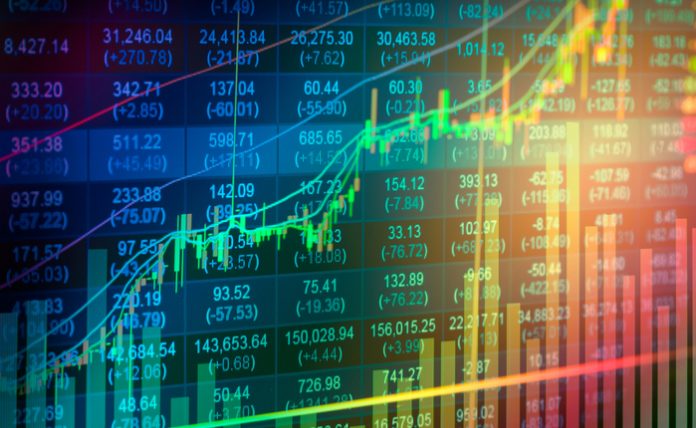Less than 24 hours ago, we were glued to our seats looking at the next round of Federal Reserve decisions due to arrive later in the afternoon.
This morning, we can see that Fed officials declined to raise interest rates as the board voted unanimously to keep them in the range of 2.25% to 2.5%.
Apparently, federal officials do not feel that the economy has sufficiently rebounded to the point that they can start to give U.S. markets their tough medicine, even with strong growth in the first quarter and low unemployment.
That, or they have been cowed by vehement requests from White House officials and others to keep interest rates where they are.
Yesterday we talked about investor choices in a steadily rising market – today we’re looking at some easing off of these all-time highs with the S&P 500 closing down about $20 over the day and DJIA similarly edged down about $150.
“Fed Chairman Jerome Powell’s comments on the “transient” nature of factors keeping inflation below the central bank’s 2 percent target prompted a reassessment, with bets on when a rate cut might happen shifting from December 2019 into 2020. The next big clue on the health of the world’s biggest economy will be Friday’s jobs report,” reported Rita Nazareth and Vildana Hajric at Bloomberg this morning.
The two indices are hardly at five-day lows, let alone involved in month-long declines – instead, they have steadily risen in the beginning of this year. Still, the shirt-term red puts a pause in a week-long rally.
What’s next?
Some analysts believe that a market factor will come from an unlikely place: a heated-up political race.
“A residual factor not to be dismissed in the year ahead, however, is the 2020 election campaign,” says Patrick J. O’Hare, chief market analyst at Briefing.com, in a Bankrate piece yesterday. “Political posturing will be a major part of the narrative, but more so in 2020 when the race for president is better defined and the market can ascertain if existing policies are likely to remain intact or if there is an increased risk of seeing less-favorable tax policy and regulatory efforts.”
Others go back to that same well – Fed activity.
“If the economy slows or goes into recession, we are likely to see low or no inflation, and so QE will probably return,” writes “The Social Scientist” at Seeking Alpha this morning. “Again, with excess bank reserves increasing and interest rates at zero, investors will try for better than zero returns by bidding up the PE ratios of stocks (see the previous article for the effect of QE on stock valuations). The issue is whether we will get cycles of QT following QE. Judging by what is happening in the EEC and Japan in the late 2010s, it is improbable that we will see significant QT again. So the Fed is likely to provide ample liquidity for a very long time, and that will help keep PE10 elevated. Again, stocks could drop a lot because of recessions and the resultant protracted declines in earnings, but PE10 will probably stay well above the historical average that prevailed before 1985.”
Don’t take your eye off of the Fed – but widen your perspective to other factors as well.










